Technological Innovations
Technological advancements play a crucial role in shaping the Boom Lifts Market. Innovations such as electric boom lifts and hybrid models are gaining traction, offering improved efficiency and reduced environmental impact. The integration of smart technologies, including telematics and remote monitoring, enhances operational efficiency and safety. In 2025, it is estimated that the market for electric boom lifts will account for over 30% of total sales, reflecting a shift towards more sustainable solutions. These innovations not only improve performance but also align with the growing emphasis on sustainability within the construction sector. As companies increasingly adopt these advanced technologies, the Boom Lifts Market is likely to witness significant growth.
Expansion of Rental Services
The rental segment within the Boom Lifts Market is expanding rapidly, driven by the increasing preference for rental solutions among construction firms. This trend is attributed to the cost-effectiveness and flexibility that rental services offer, allowing companies to access high-quality equipment without the burden of ownership. In 2025, the rental market is expected to represent nearly 40% of the overall boom lift sales, indicating a shift in purchasing behavior. This growth is further supported by the rising number of construction projects that require temporary access solutions. As more businesses recognize the advantages of renting over buying, the Boom Lifts Market is poised for continued expansion.
Increasing Construction Activities
The Boom Lifts Market is experiencing a surge in demand due to the increasing construction activities across various sectors. As urbanization continues to rise, the need for efficient lifting solutions becomes paramount. In 2025, the construction sector is projected to grow at a rate of approximately 5.5% annually, driving the demand for boom lifts. These machines are essential for accessing elevated work areas, particularly in high-rise buildings and infrastructure projects. The versatility of boom lifts allows them to be utilized in diverse applications, from residential construction to large-scale commercial projects. This trend indicates a robust growth trajectory for the Boom Lifts Market, as construction companies seek to enhance productivity and safety on job sites.
Growing Focus on Safety Regulations
The increasing emphasis on safety regulations within the construction industry is driving the demand for boom lifts. As safety standards become more stringent, construction companies are compelled to invest in equipment that ensures worker safety at elevated heights. Boom lifts provide a safer alternative to traditional scaffolding, reducing the risk of accidents and injuries. In 2025, it is projected that compliance with safety regulations will lead to a 15% increase in boom lift sales. This trend highlights the importance of safety in the Boom Lifts Market, as companies prioritize the well-being of their workforce while enhancing operational efficiency. The focus on safety is likely to continue shaping market dynamics in the coming years.
Infrastructure Development Initiatives
Government initiatives aimed at infrastructure development are significantly influencing the Boom Lifts Market. Many countries are investing heavily in infrastructure projects, including transportation, energy, and public facilities. These initiatives create a substantial demand for boom lifts, as they are essential for tasks such as maintenance, construction, and repair of infrastructure. In 2025, it is anticipated that infrastructure spending will reach unprecedented levels, further propelling the need for efficient lifting equipment. The Boom Lifts Market stands to benefit from these investments, as construction companies seek reliable solutions to meet the demands of large-scale projects. This trend suggests a favorable outlook for the market.


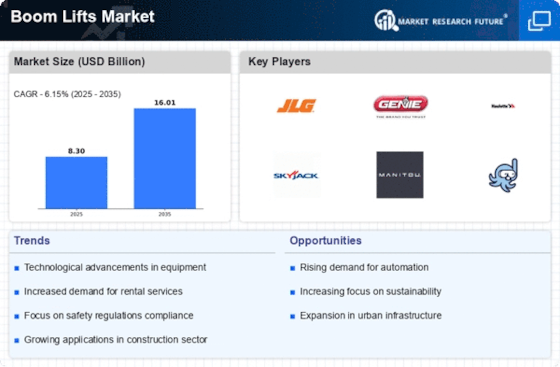
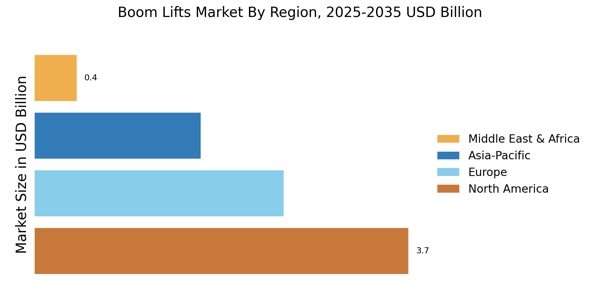
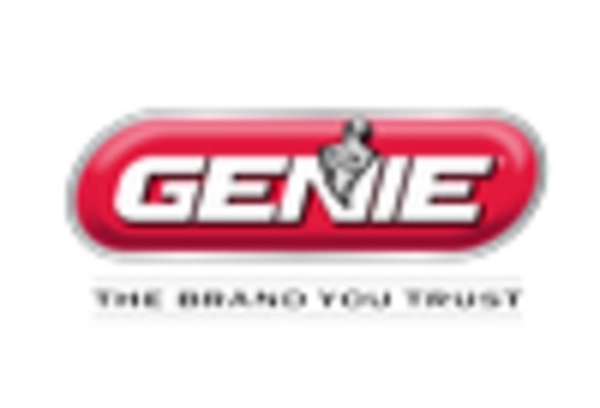
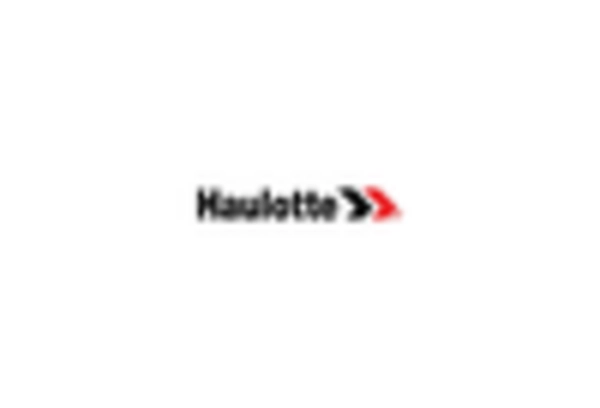


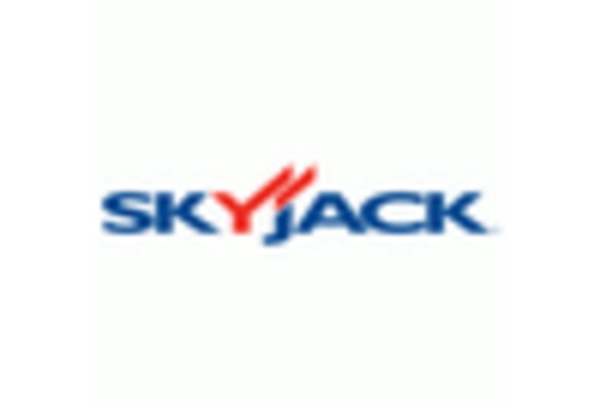









Leave a Comment